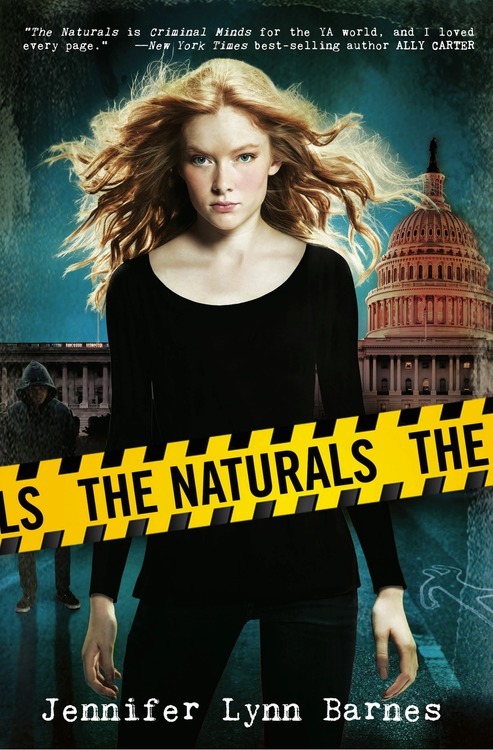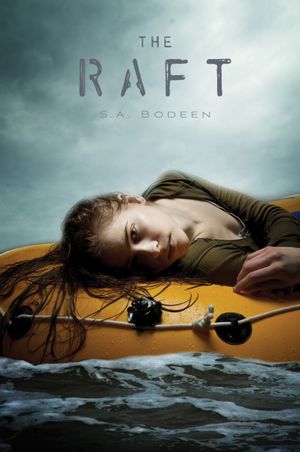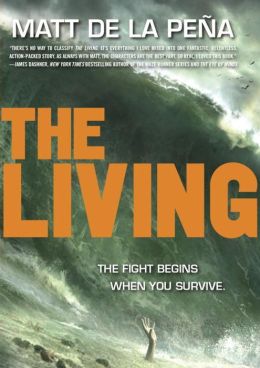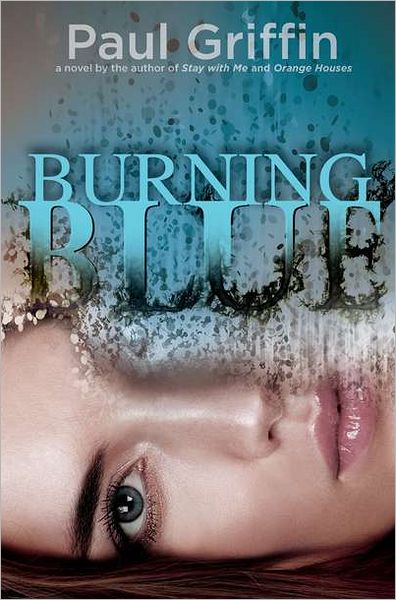 Americans are huge consumers of media, including television shows, films, music, websites, online portals, and social media networks in addition to the advertising that accompanies most of these. What’s often lacking is analysis of these media to determine which messages, both direct and indirect, are being sent. Our perceptions of gender are colored and developed by what we view and hear. With that in mind, you will be conducting a brief analysis of a selected short video for the messages it is sending about the genders.
Americans are huge consumers of media, including television shows, films, music, websites, online portals, and social media networks in addition to the advertising that accompanies most of these. What’s often lacking is analysis of these media to determine which messages, both direct and indirect, are being sent. Our perceptions of gender are colored and developed by what we view and hear. With that in mind, you will be conducting a brief analysis of a selected short video for the messages it is sending about the genders.
1. Select a short media example, like a commercial or music video, that you may view online. It may take multiple viewings to complete your analysis.
2. If you select a commercial, record the name of the commercial (if available), the manufacturer and model of the product being sold, and the year of release at the top of the page. If you select a music video, record the artist and title of the song at the top of the page. Include the year of release. You must also paste in the URL for your commercial or video.
3. Write a brief summary (no more than five sentences) of what happens in your media selection.
4. Answer the following questions about your selection:
- Are there any stereotypes about either gender that are apparent? If so, explain the stereotype and how it is perpetuated.
- Are there any images that challenge stereotypes?
- If you were re-doing this advertisement or video, what changes would you make to eliminate the stereotypes?
5. Conclude your analysis by arguing whether your video is a positive, negative, or neutral portrayal of the genders.
Your one page typed analysis is due Friday, December 5.
Here is an example using a famous Super Bowl commercial:
http://www.youtube.com/watch?v=R55e-uHQna0
“The Force,” Volkswagen Passat, 2012.
http:/ /www.youtube.com/watch?v=R55e-uHQna0
A young child wearing a Darth Vader costume attempts to use The Force on a variety of items around his house, including the family dog, a washing machine, a doll, and the sandwich mom is making for lunch. The father arrives home in the VW, and “Darth” tries The Force on the car. To his surprise, The Force works! The car actually starts thanks to a button on the car’s remote.
Stereotypes are present.The doll is sitting on a bed covered with stuffed animals in a room decorated in pink, which are stereotypical girl things. The mother is at home during the day, wearing casual clothes and making a sandwich, the stay at home mom stereotype. The father arrives home from work–he’s wearing a suit and carrying a briefcase–the stereotypical man of the household.
You can’t tell whether the child in the Darth Vader costume is male or female, but it is too easy to assume that a boy is in the costume because the stereotypical husband-wife-two kids family usually has a boy and a girl, and you’ve already seen a doll. There’s no way to tell whether the doll also belongs to Darth.
It would be easy to challenge the stereotypes by changing the doll on the bed to a different kind of toy (maybe a Transformer?) or by having Darth try the force on a toy in a playroom that doesn’t look like a boy’s room or a girl’s room. Dad could make the sandwich while mom comes home from work with the briefcase.
The commercial isn’t negative, but it isn’t positive either. It follows too closely to the stereotypical family roles held by both men and women. Changing the surroundings and the toy that Darth uses The Force on would allow the audience to more easily imagine a child of either gender in the costume.

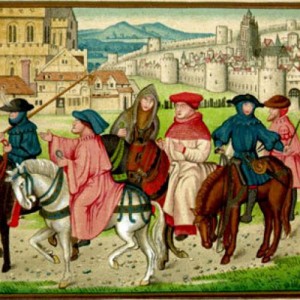 To conclude our study of Chaucer and The Canterbury Tales, you will be working together to create a tale that instructs someone from the modern era on the consequences of one of the Seven Deadlies. Chaucer chose the entire scope of medieval society as his backdrop; we will be using the American high school.
To conclude our study of Chaucer and The Canterbury Tales, you will be working together to create a tale that instructs someone from the modern era on the consequences of one of the Seven Deadlies. Chaucer chose the entire scope of medieval society as his backdrop; we will be using the American high school.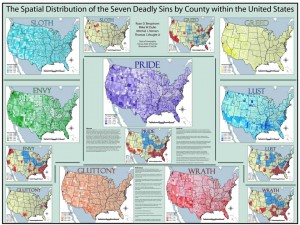




 Please study the following words for your vocabulary test, which will be given on Thursday, October 16.
Please study the following words for your vocabulary test, which will be given on Thursday, October 16.